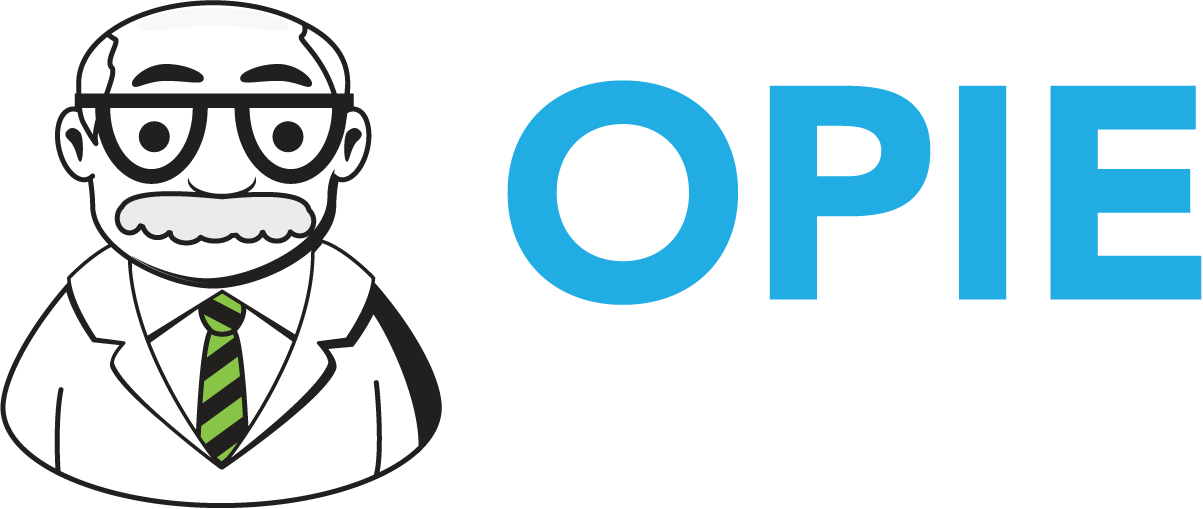Why Process Matters
Let’s talk about process. Not the kind that makes your eyes glaze over in a boardroom, but the real, everyday workflows that make your practice tick. If you’ve ever wondered why things happen the way they do in your office—or, more importantly, why they sometimes don’t—the answer almost always comes down to process.
But here’s the reality: most of us didn’t choose our processes. We inherited them. And more often than not, they’re dictated by two things: the personalities, habits and training of the people on our team and the practice management software we use.
The Accidental Process Designers
When was the last time you sat down and mapped out your ideal workflow, step by step, for accomplishing an activity in your practice? When was the last time you truly even thought about creating a process? Guess what? Whether you’ve thought about it or not, you have a process. And since it is process that drives your business, don’t you think you should have a little strategy behind them? Focusing on the software for just a moment, more than likely this is your scenario:
You have OPIE And you have probably had it for a while, but even if you got it recently, you had an existing business prior to the software.
You train your staff—Either through the on-boarding process, or through tribal knowledge, staff are taught how to “do their job” with the software and over time they have figured out more on the fly, adapting their own quirks and shortcuts.
The software’s defaults become your process. Maybe you tweak a setting here or there, but for the most part, you’re working the way the system wants you to work, or more importantly how you think the system wants you to work. New features, functions and efficiencies are not typically incorporated. After all, change is hard.
Staff turnover happens. New folks learn from the veterans, inheriting not just the official process, but all the unofficial workarounds and “that’s just how we do it” moments.
Sound familiar? It’s not necessarily a bad thing—until it is. Because when your process is an accidental mashup of defaults and human habit, it’s almost impossible to spot inefficiencies, let alone improve them.
Now, imagine a different world. One where your EMR isn’t the boss, but a flexible partner. A system that lets you build your own workflows, tailored to your practice’s unique needs, from intake to billing to follow-up. No more “well, the software won’t let us do it that way.” No more bending over backwards to fit your process into someone else’s mold.
This is the promise of a fully configurable, practice-level EMR. In theory, it’s a game-changer:
You define the process. Want to add an extra step in your patient intake? No problem. Need a custom workflow for a specific type of visit? Or payer? Easy.
You adapt as you grow. As your team evolves, your process can, too—without waiting for a software update or a workaround from IT.
You can finally measure and improve. When your workflows are transparent and intentional, it’s much easier to spot bottlenecks, test changes, and actually get better over time.
Sounds amazing, right? But here’s where we need to pump the brakes.
Beware the Blank Slate: Understanding Your Existing Processes
A fully configurable EMR is only as good as the processes you build into it. And here’s the uncomfortable truth: most of us don’t actually know our current processes, at least not in detail.
Ask ten people in your office how a new patient gets scheduled, and you’ll get twelve different answers. Some steps are written down, some live in someone’s head, and some just… happen, because “that’s how we’ve always done it.”
This is where OPIE really shines. We have spent years understanding and training process, and change management, and leadership. While we can confidently provide a solution for you, we know that all are much better off when you participate in some training and education that will give you the power to strategically approach your business processes. So before you start dragging and dropping workflow steps in your new OPIE, you need to do a little work.
You need processes, certainly. But more than that, you need intentional process—designed by you, for your practice, not dictated by your software or inherited from your predecessor. We are ready to put the power of strategy into your hands, and we are ready to help you be successful. A fully configurable OPIE can be a powerful tool, but it can also be dangerous. Start by mapping what you do today, dream a little about what could be better, and then build the processes—and the practice—you really want.
Because at the end of the day, your process should work for you, not the other way around.
The Bottom Line
OPIE is “for us, by us!” With a CPO at the helm and a staff committed to O&P first, we are the only software company that has your best interests at heart. Participate in our education and gain the tools you need to:
Document your current workflows. Not just the official ones, but the real, messy, lived-in processes your staff actually follow.
Identify pain points. Where do things break down? Where do patients get frustrated? Where does your team spend way too much time?
Involve your staff. They’re the experts in what actually happens day-to-day. Get their input early and often.
Set goals. What does “better” look like? Faster? Fewer errors? Happier patients? All of the above?
And then design strategic workflows that make sense for your team—and leverage the new OPIE to its full potential.
Process Improvement Is a Journey, Not a Destination
Here’s the real secret: process improvement isn’t a one-and-done project. It’s an ongoing cycle. Even with the fanciest, most customizable software in the world, you’ll need to keep revisiting your workflows, listening to feedback, and making tweaks as your practice evolves.
And that’s a good thing! Because the practices that thrive aren’t the ones with the flashiest tech—they’re the ones that treat process as a living, breathing part of their culture. And at OPIE, we have the same commitment to growth and education. It never stops.
So, do you need process? Absolutely. But more than that, you need intentional process—designed by you, for your practice, not dictated by your software or inherited from your predecessor.
OPIE Anywhere is a fully configurable practice management solution and a powerful tool, but only if you’re willing to do the work of understanding (and improving) your workflows. Start by mapping what you do today, dream a little about what could be better, and then build the processes—and the practice—you really want.
Because at the end of the day, your process should work for you, not the other way around.


